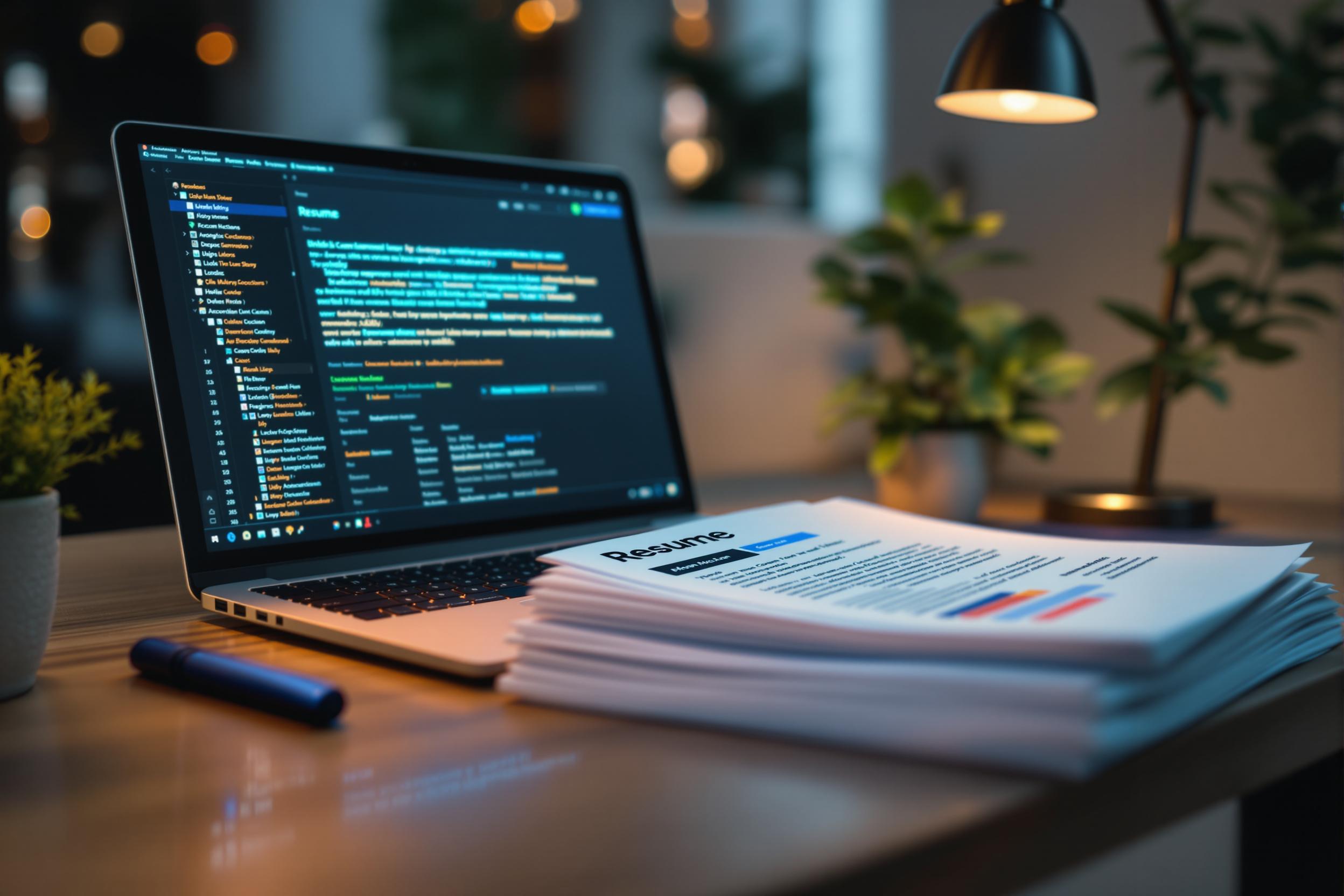
NIBIN
NIBIN (National Integrated Ballistic Information Network) is a database system used by law enforcement to connect crimes involving firearms. Think of it like a fingerprint database, but for guns instead of people. When a gun is fired, it leaves unique marks on bullet casings, similar to a signature. NIBIN helps police match these markings to connect different crime scenes or find guns used in multiple crimes. It's maintained by the Bureau of Alcohol, Tobacco, Firearms and Explosives (ATF) and is an important tool for solving gun-related crimes.
Examples in Resumes
Trained 15 technicians in NIBIN data entry and analysis procedures
Processed over 500 pieces of ballistic evidence through the NIBIN system annually
Coordinated with multiple agencies to expand NIBIN database coverage across three counties
Typical job title: "NIBIN Technicians"
Also try searching for:
Where to Find NIBIN Technicians
Professional Organizations
Job Resources
Example Interview Questions
Senior Level Questions
Q: How would you implement a quality control program for NIBIN entries?
Expected Answer: Answer should include establishing standard operating procedures, regular peer review of entries, ongoing training programs, and methods to track and reduce error rates.
Q: Describe your experience with managing inter-agency NIBIN collaborations.
Expected Answer: Should discuss experience coordinating with multiple law enforcement agencies, handling evidence transfers, maintaining chain of custody, and sharing results across jurisdictions.
Mid Level Questions
Q: What steps do you take when processing evidence for NIBIN entry?
Expected Answer: Should describe proper evidence handling procedures, documentation methods, photography of evidence, proper data entry protocols, and quality check procedures.
Q: How do you prioritize NIBIN entries when dealing with a large backlog?
Expected Answer: Should explain criteria for prioritization such as violent crimes, recent cases, multiple jurisdiction cases, and how to manage workflow efficiently.
Junior Level Questions
Q: What is NIBIN and why is it important for law enforcement?
Expected Answer: Should explain that NIBIN is a database for matching ballistic evidence across different crime scenes and its role in solving gun-related crimes.
Q: Describe basic safety procedures when handling firearms evidence.
Expected Answer: Should demonstrate knowledge of basic safety protocols, proper handling of evidence, and understanding of contamination prevention.
Experience Level Indicators
Junior (0-2 years)
- Basic evidence handling
- Data entry into NIBIN system
- Understanding of firearms safety
- Basic photography of evidence
Mid (2-5 years)
- Independent case processing
- Quality control procedures
- Evidence tracking systems
- Inter-agency coordination
Senior (5+ years)
- Program management
- Training and supervision
- Policy development
- Multi-jurisdiction project coordination
Red Flags to Watch For
- Lack of attention to detail in evidence documentation
- Poor understanding of chain of custody procedures
- No experience with forensic databases or evidence tracking
- Insufficient knowledge of firearms safety protocols
Related Terms
Need more hiring wisdom? Check these out...

Micro-Internships: The Game-Changer in Project-Based Learning

From Passive to Active: Nurturing Candidates Over the Long Haul

Unlocking Talent Offline: Innovative Strategies for Recruiting in Low-Internet Areas

